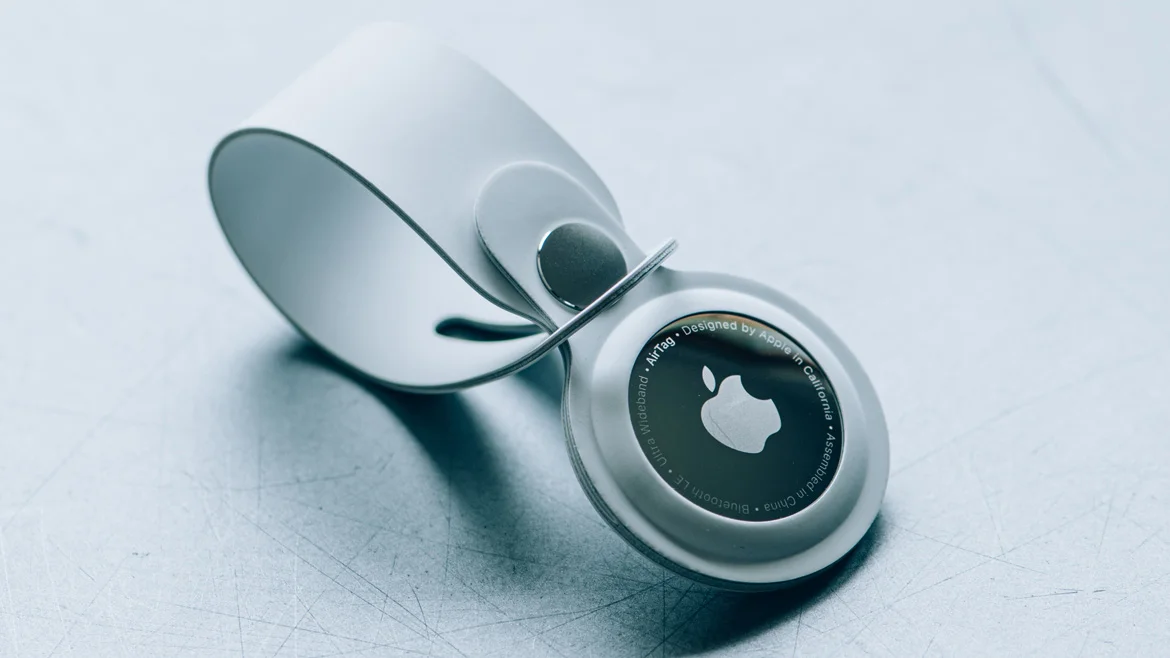My Solution to Lost AirPods:The AirTags U1 Chip
Commentary: AirTags plus AirPods should equal a lot less frustration.

The points of praise for Apple’s AirPods and AirPods Pro are easy to find: simple pairing with Apple devices, solid battery life, lightweight case, good mic performance for calls. Even the design, once ridiculed, has aged well and no longer looks out of place.
One thing that’s really bad, though, is how hard it is to find these small white buds or their pocketable case when they are inevitably lost.
As someone who has been an AirPods and AirPods Pro user for years, I can’t count how many times I’ve misplaced my buds. I’m not a particularly forgetful person and would like to think I do a fine job keeping track of my devices, in general.
AirPods, however, are just a different animal, as I experienced yet again on Thursday morning. I completely forgot where I left them, so I opened the Find My app on my iPhone 13 Pro Max, thinking I could ping them.
Mistake No. 1: Apple’s Find My App is great for finding missing iPhones, iPads, Macs or AirTags. It can be horrendous for finding AirPods.
The app showed that they were in my apartment, which was certainly reassuring as it meant I didn’t lose them while walking to play basketball at a nearby gym the night before. (Apple does have a “notify when left behind” feature that’s nice, but not applicable to my situation.) At times, though, that is the only bit of useful information the app provides.
Tapping “play a sound” did nothing as AirPods in the case can’t always play audio — and it can be incredibly hard to hear when they do. Apple has a “Find Nearby” option for AirPods, but that can be similarly worthless for finding encased buds since the connection to other devices isn’t consistently active.
If one bud is lost, this actually can be useful as it uses Bluetooth, so it can help guide you in the right direction and the sound played from the AirPods is noticeably louder. In this instance, however, not so much. Unlike with the iPhone, iPad, AirTags, Apple Watches or the Mac, Apple’s Find My app also doesn’t show a battery life indicator for AirPods… so you have no idea how much charge remains before even those hints disappear
I spent over an hour and a half turning my apartment inside out trying to find them. I searched through boxes, checked every pocket, looked inside the couch cushions, lifted said couch and emptied out my laundry bag. Nothing.
After giving up all hope and stepping away from searching to do some work, they miraculously reappeared under the couch as I was putting the room back together.
Read more: 10 AirPods Pro Tricks You Should Be Taking Advantage of Every Day
While my latest episode had a happy ending, looking through Twitter I see I am far from alone in losing Apple’s earbuds. A cursory search for “lost AirPods” finds countless examples of others sharing similar frustrations.
What you need is U1?

As rumors persist that Apple has a new version of AirPods Pro in the works for late 2022, I have a simple request: Apple, please put a U1 chip inside them so we can find the damn things more easily.
Found in its AirTags, the U1 chip uses a technology known as ultra wideband (UWB) that allows for what Apple has called “precision finding.” This is how AirTags not only let you know if something is nearby but also show an arrow pointing you in the right direction and show how many feet away the AirTag is if you have a compatible iPhone (an iPhone 11 or later, excluding the iPhone SE 3).
As my colleague Stephen Shankland has noted, UWB can calculate locations to “within less than a half inch by measuring how long it takes super-short radio pulses to travel between devices.”
As anyone who has ever misplaced AirPods could likely attest, this would be a world of improvement better than Apple’s current system for finding AirPods. Throw in the ability to work on the company’s Find My network, and lost AirPods left behind in a park or on a bus might no longer be gone forever.
Yes, I know there are some third-party cases that allow you to attach an AirTag to your AirPods, but it’s time to go a step further. Add this chip into the AirPods charging case and finding missing headphones will become so much easier. If Apple can somehow squeeze a version of this technology into the actual buds, all the better, but at the very least start with putting one in the case.
When Apple first introduced the U1 chip with the iPhone 11, it teased that the technology was “going to lead to amazing new capabilities.” This may not qualify as new, but putting the chip into AirPods would certainly, to me at least, be amazing.

